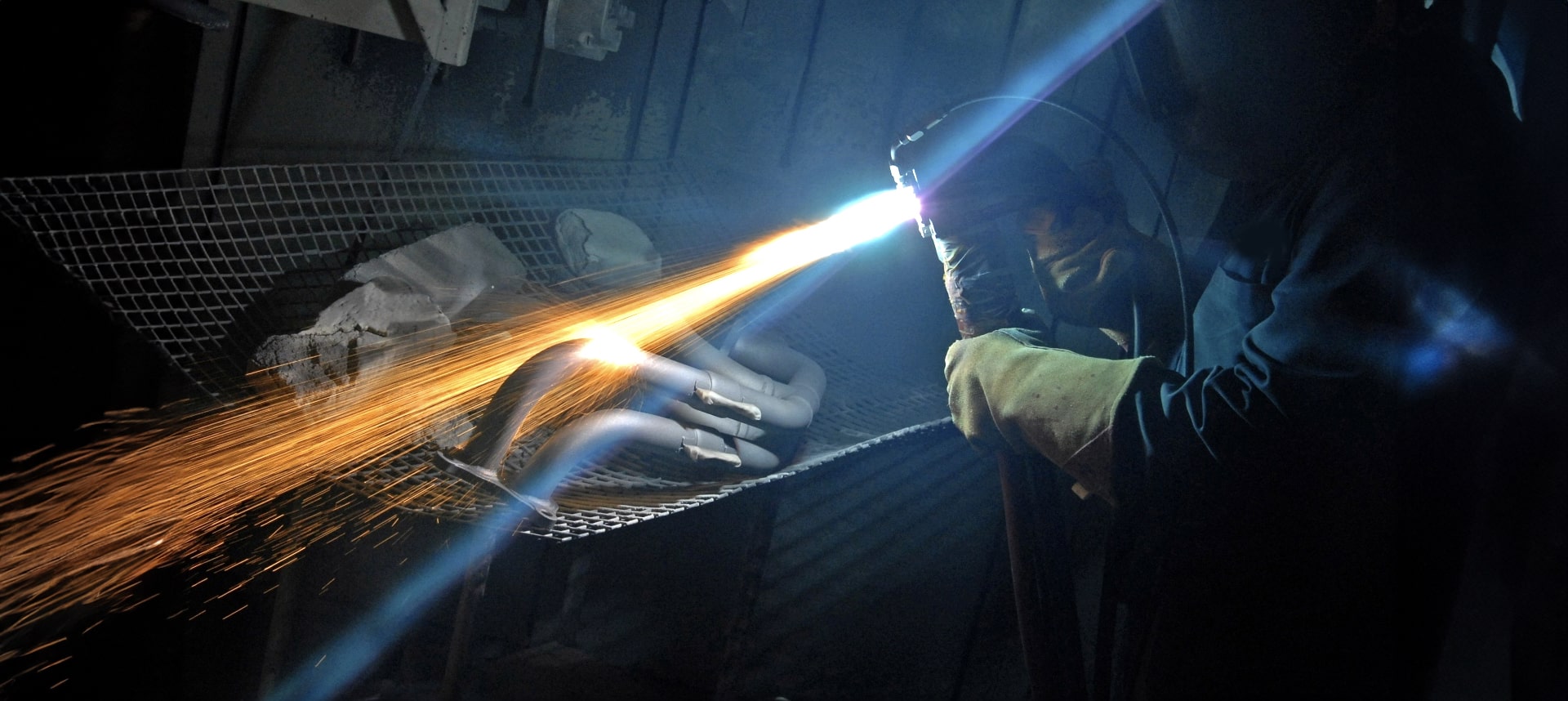Newsroom - Jul 13, 2022
The Science of Thermal Spray Coating Failures: Understanding Permeability and Stress
Understanding Permeability and Corrosion
The root cause of the coating failures lies in the permeability of conventional thermal spray coatings. The “low velocity” thermal spray systems previously employed were unable to produce flat and tightly-packed particle sizes or nano-scale grain structures. As a result, surface oxides formed during the application process, creating pathways for corrosive media to penetrate the coating. This permeation led to substrate corrosion and premature failure of the thermal spray coating.
The Role of Stress in Coating Failures
The importance of understanding the limitations of typical thermal spray coatings cannot be overstated. These coatings are subject to various factors that can compromise their performance. In addition to permeability, stress plays a significant role in the failure of thermal spray coatings. When applied at high thicknesses, these coatings inherently develop high levels of stress. This stress increases the propensity for cracking, ultimately leading to coating failure during service. To fully comprehend the implications of these limitations and how they can impact the overall functionality and longevity of thermal spray coatings, it is crucial to delve deeper into the subject matter. For a more comprehensive understanding, click here to explore the specific limitations of typical thermal spray coatings.
Introducing High Velocity Thermal Spray (HVTS)
To address the challenges posed by conventional thermal spray coatings, the refinery evaluated alternatives and considered HVTS and weld overlay as potential solutions. IGS, a service provider, proposed the HVTS alloy cladding solution, which offers erosion-corrosion protection, even in high-temperature and high-pressure environments. Unlike the previous coatings, HVTS utilizes next-generation alloy materials and ensures a longer asset life without the need for additional maintenance for at least 15 years.
Advantages of HVTS and Application Process
The HVTS technology presented significant advantages over weld overlay, including time savings and improved corrosion protection. The application process involved clean blasting, inspection of vessel substrates, and welding repairs where necessary. The HVTS was then applied to the specified areas, ensuring comprehensive coverage and protection.
The failures experienced with conventional thermal spray coatings highlight the importance of understanding permeability and stress when selecting protective coatings for mission-critical process equipment. The use of HVTS technology provides a more reliable and durable solution, offering long-term corrosion protection and minimizing the need for frequent maintenance. With its successful track record, IGS has positioned itself as a trusted service provider for the oil, gas, and petrochemical industries, delivering efficient and effective HVTS applications worldwide.


